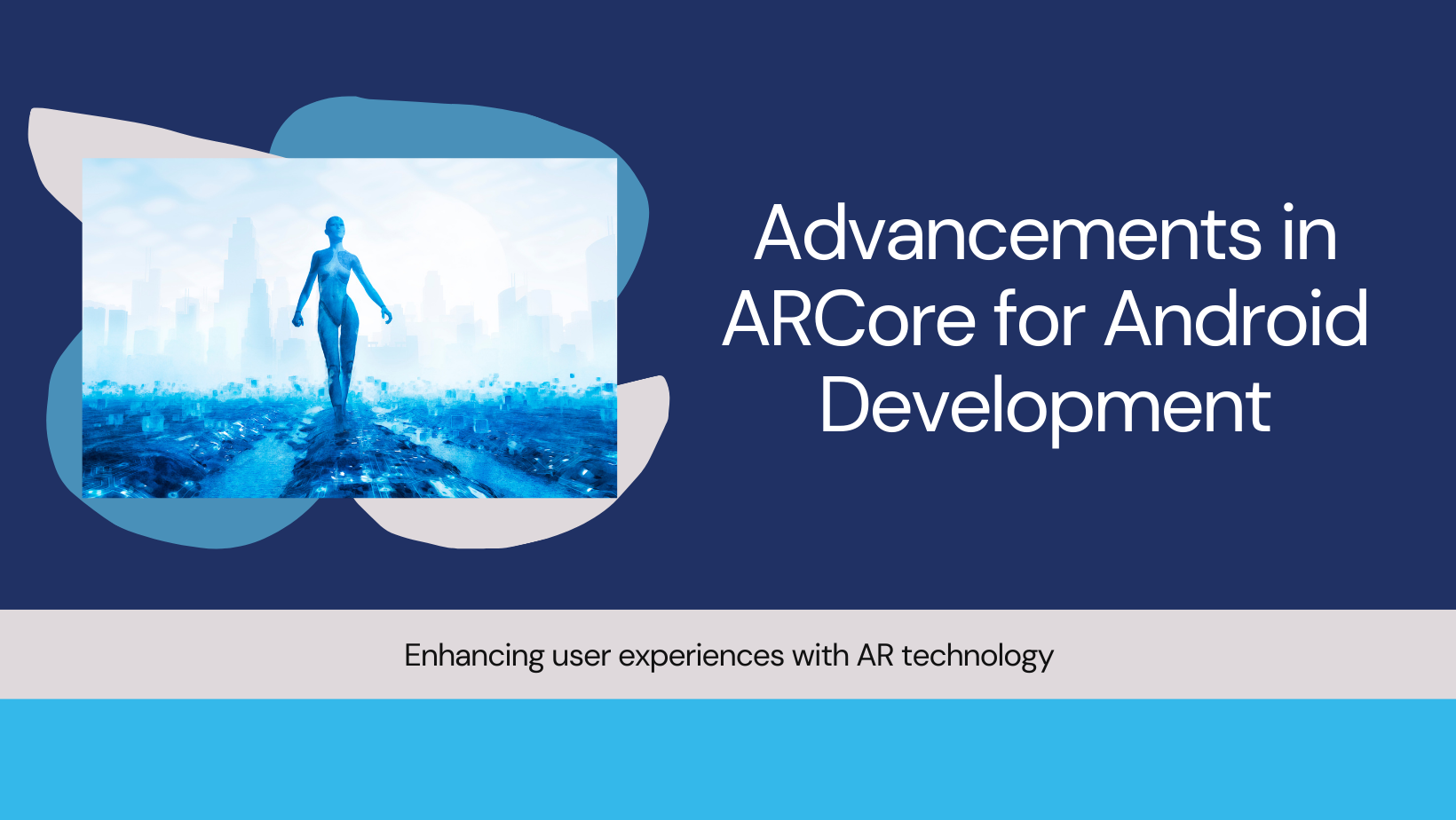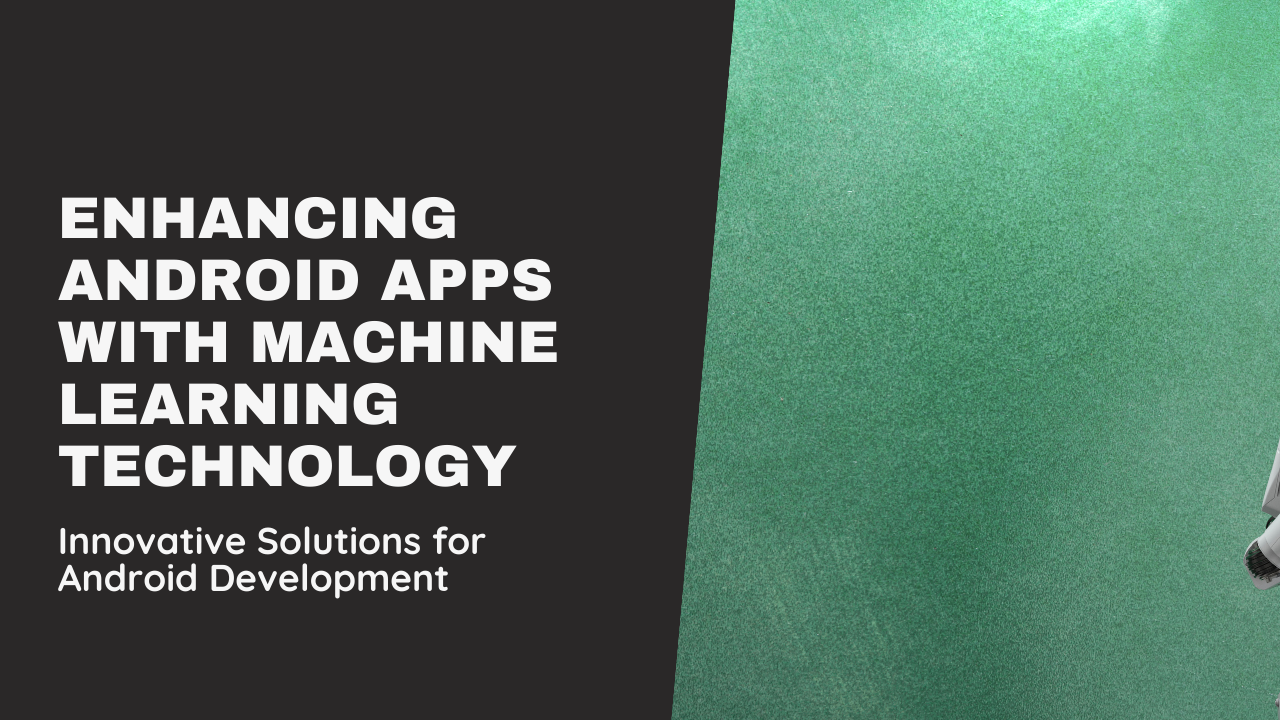Augmented Reality (AR) has emerged as a transformative technology, enhancing user experiences across various applications. ARCore, Google’s platform for building AR experiences on Android devices, continues to evolve, promising exciting advancements and opportunities for developers. This blog explores the future trends, innovations, and potential of ARCore in shaping the landscape of Android app development.
Understanding ARCore and Its Evolution
A brief overview of ARCore’s development and its impact on Android app development:
- Introduction to ARCore: Google’s ARCore is a platform that enables developers to create augmented reality experiences for Android devices without requiring specialized hardware.
- Evolution and Adoption: Since its launch, ARCore has gained traction across industries, from gaming and education to retail and healthcare, driving innovation and immersive user interactions.
Current Trends in ARCore Development
Examining the latest trends and applications of ARCore in Android development:
- AR in Gaming: Integration of ARCore in gaming apps for interactive gameplay and immersive storytelling.
- AR in Retail: Virtual try-on experiences, product visualization, and enhanced shopping experiences leveraging ARCore.
- AR in Education: Educational apps using ARCore for interactive learning experiences and simulations.
Innovations and Advancements in ARCore
Exploring the technological advancements and future innovations in ARCore:
- Spatial Mapping and Object Recognition: Improvements in spatial mapping capabilities for more accurate AR interactions and object recognition.
- Cloud Anchors: Enhanced collaboration and multi-user AR experiences through shared anchors across devices.
- AR in Navigation: Integration of ARCore in navigation apps for real-time directions and enhanced location-based experiences.
Industries Embracing ARCore
Analyzing how different industries are leveraging ARCore for innovative solutions:
- Healthcare: AR-assisted surgery simulations, patient education through AR visualizations.
- Real Estate: Virtual property tours, AR-enhanced property visualization for buyers and renters.
- Automotive: AR-based navigation, virtual vehicle customization and showroom experiences.
The Role of Machine Learning in ARCore
Exploring the synergy between ARCore and machine learning for smarter AR applications:
- Object Recognition: ML-powered object detection and tracking for seamless AR interactions.
- Personalization: ML algorithms for personalized AR experiences based on user preferences and behavior.
- Enhanced User Interaction: ML-driven insights for more intuitive AR interactions and user guidance.
Future Outlook and Potential of ARCore
Predicting the future trends and possibilities in ARCore’s evolution:
- AR Cloud Integration: Expansion of AR cloud services for persistent AR content and experiences.
- Wearable AR: Integration of ARCore with wearable devices for hands-free AR interactions.
- 5G and AR: Leveraging 5G networks for enhanced AR streaming and real-time collaboration.
Conclusion
As ARCore continues to advance, its integration into Android app development opens up new avenues for creativity, innovation, and enhanced user engagement across various industries. Developers embracing ARCore can stay at the forefront of technological advancements, delivering immersive AR experiences that redefine user interactions and drive business growth.







